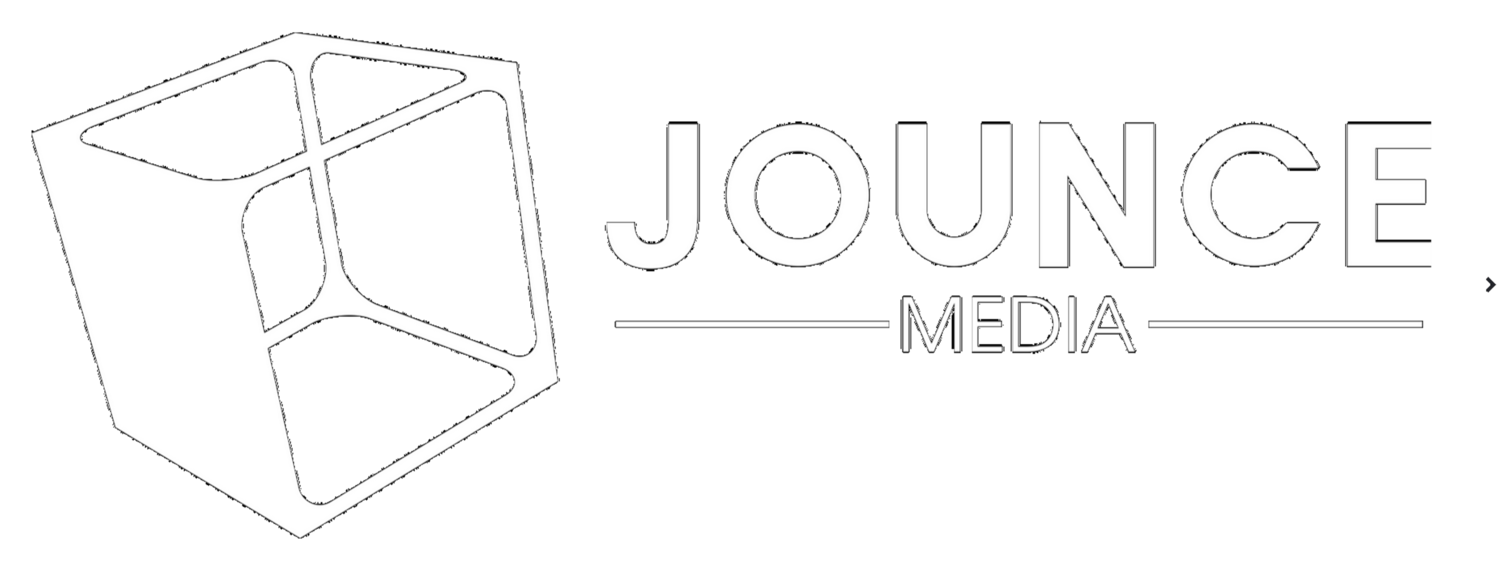More than $15 billion of ad spend will be transacted through programmatic channels this year, and that budget will flow through a famously fragmented set of technology systems. But what specifically are the steps behind a programmatic transaction? How does a single ad move across the Lumascape? In this post, we will break down the 5 key steps of every programmatic impression.
The Unintended Economics of Facebook’s Unified Ad Auction
At last week’s F8 conference, LiveRail trumpeted the benefits of its unified ad auction, but DSPs will carry a heavy economic burden
Waterfalls vs. Unified Auctions
Traditional publisher ad servers monetize inventory through a waterfall. Direct sold campaigns get first access to an impression. If a direct sold campaign does not fill the impression, the publisher’s ad server then gives access to a remnant demand source like an ad network or an RTB bidder. This process continues until the ad is monetized. The key characteristic of a waterfall is that demand is checked sequentially — priority level 3 is only notified of the ad’s availability after priority level 2 passes on the ad.
By contrast, a unified ad auction seeks demand from all potential buyers simultaneously. Every demand source participates in every ad impression, and the publisher’s ad server makes a yield-optimizing choice of which demand source should be awarded the impression.
Unified auctions drive better monetization than waterfalls because they consider the full range of potential demand sources, potentially awarding an impression to a high priced RTB bidder over a more modestly priced direct sold campaign. Publishers benefit from improved yield (including some very non-obvious optimizations), and advertisers benefit from improved inventory access.
Collateral Damage
The unified auction feels like a win-win, but DSPs bear an unexpected burden that could meaningfully damage their economics. The basic financial math of a DSP business looks something like this:
A typical DSP charges advertisers a percentage of the media dollars that flow through its platform. An advertiser that spends $10M per year might pay its DSP $1M. At the most basic level, DSPs make more top line revenue by growing advertiser budgets.
DSP expenses, however, have nothing to do with advertiser budgets. After covering overhead like people and facilities, DSP costs scale with the number of bids the platform must process. The core technology of a DSP becomes more expensive to operate as the volume of incoming bid requests grows. Every lost auction is pure cost to a DSP, driving down its profitability.
The trouble with unified auctions is that they drive up bid requests without bringing more revenue into the system. The value proposition of a unified auction hinges on increased bid density — more demand sources participate in every impression. But the byproduct of increased bid density is decreased win rates. Only one demand source can win an impression, so as more bidders participate, more of them lose. A spike in lost auctions is an economic crisis for a DSP.
DSPs are already struggling to prove their economic model in the face of commoditized technology and market saturation. Facebook’s LiveRail is not the first supply side platform to offer a unified auction to publishers, but it is the first that could capture a meaningful inventory footprint. If Facebook is successful in driving market adoption of unified auctions, pure play DSPs may have an even tougher road to profitability.
Frequency Capping Won’t Get Solved Anytime Soon
State Farm is wasting money because of frequency cap violations… and that’s okay
The ability to implement a universal frequency cap is one of the major selling points of consolidating programmatic buying with a single DSP. And in practice, DSPs are pretty good at frequency cap enforcement. But they are not perfect, and solving those last few fringe cases that cause frequency cap violations just isn’t a priority.
Here’s what’s happening in the screenshot to the left. When I visit weather.com, Weather’s SSP conducts multiple concurrent auctions — one for each ad slot on the page. State Farm’s bidder evaluates each bid request independently without considering the possibility that it might win all four auctions. Because I am in State Farm’s retargeting pool, State Farm bids aggressively and wins all four ad slots. It is entirely possible State Farm implemented a 3-per day frequency cap, and in a single page view, this frequency cap is violated.
Could DSPs solve this problem? Sure. There are lots of potential solutions — sequencing bid responses, checking for concurrent bid requests, or potentially utilizing optional bid parameters to link multiple auctions. But in the context of broader ad tech development opportunities, this fringe case just isn’t a priority. Both buy side and sell side technology developers simply have more interesting problems to solve.
State Farm could probably save some money if its bidder had smarter logic to prevent roadblocks. But it can also unlock lots of new use cases by allowing its technology partners to continue pursuing needle-moving development. For now, let’s focus on real innovation. Tweaking can come later.





